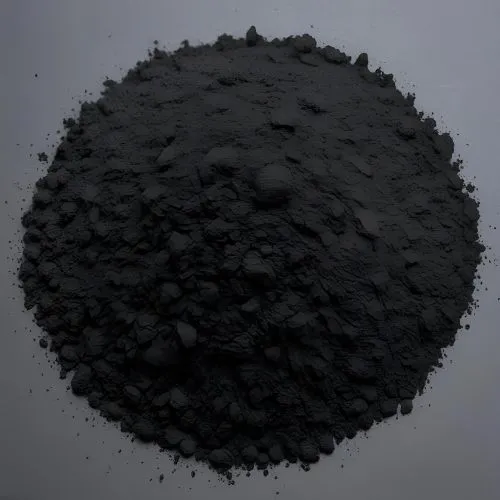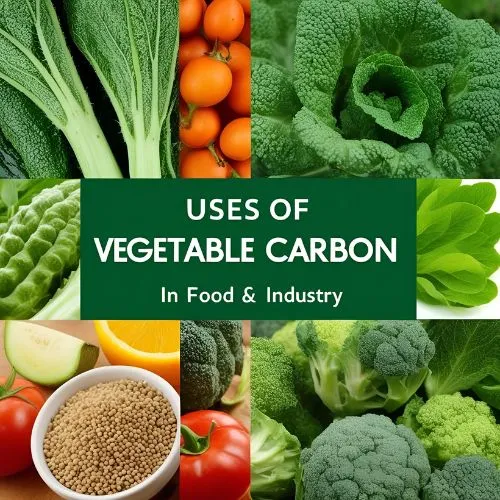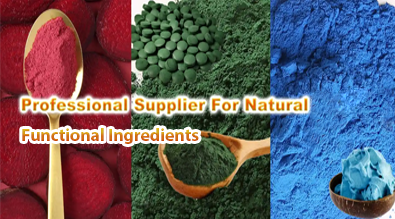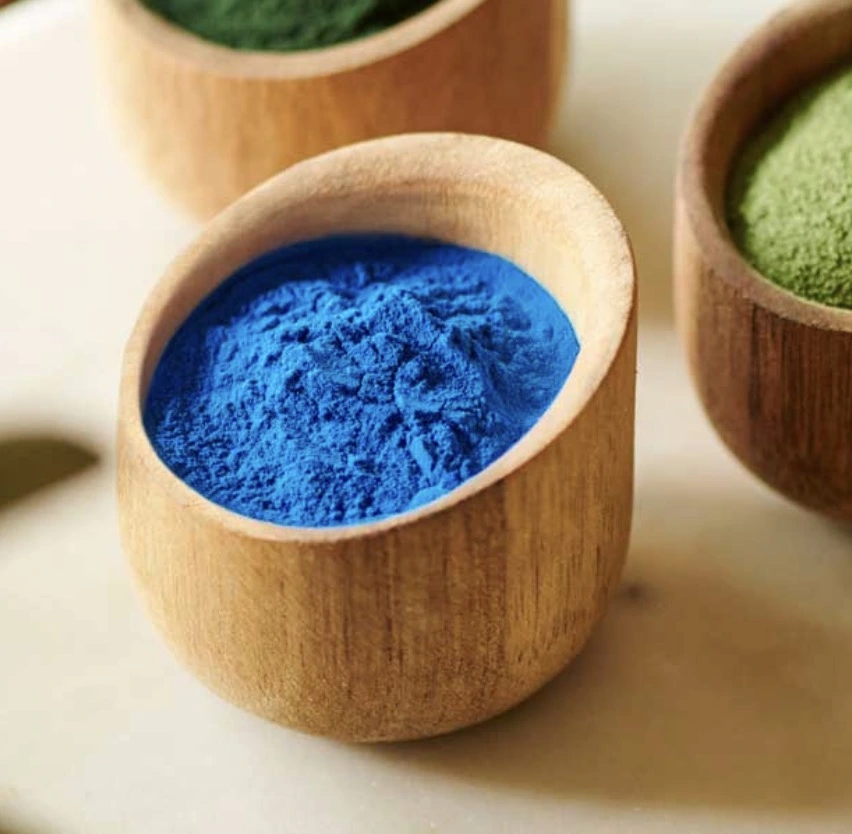What is vegetable carbon?
Vegetable carbon, also known as vegetable carbon E153 in the food industry, is a fascinating substance that has garnered significant attention in recent years. This natural black pigment, derived from plant sources, has found its way into various applications, from food coloring to industrial uses. In this comprehensive guide, we'll explore the nature of vegetable carbon, its uses, safety considerations, and how it compares to synthetic alternatives.

Uses of Vegetable Carbon in Food & Industry
Vegetable carbon, or E153, is a versatile substance with a wide range of applications across different sectors. Its unique properties make it valuable in both food and industrial settings.
Food Industry Applications
In the food industry, vegetable carbon is primarily used as a natural coloring agent, offering a deep black hue without the need for synthetic dyes. Some common applications include:
- Confectionery: Vegetable carbon is used to add a striking black color to candies, gummies, and licorice, enhancing their visual appeal.
- Baked goods: It is used in dark-colored breads, rolls, and pastries, providing a rich, appealing look.
- Dairy products: Vegetable carbon can be used to create black ice cream, cheese, or yogurt, giving these products a unique and attractive appearance.
- Beverages: Certain drinks, such as specialty sodas or cocktails, use vegetable carbon for an eye-catching, distinctive color.
The use of vegetable carbon in food is strictly regulated, with specific limits on the amount that can be added to various products.
Industrial and Cosmetic Uses
Beyond the food sector, v vegetable carbon E153 finds applications in several industrial and cosmetic areas:
Water purification: As an adsorbent material in filtration systems
Cosmetics: In eyeliners, mascara, and other makeup products
Pharmaceuticals: As an ingredient in certain medications
Art supplies: In paints, inks, and drawing materials
The versatility of vegetable carbon stems from its unique physical and chemical properties, making it a valuable resource across diverse industries.

Is Vegetable Carbon E153 Safe to Consume?
The safety of vegetable carbon (E153) for consumption is a topic of significant interest and research. Various regulatory bodies have evaluated its safety profile to ensure its appropriate use in food products.
Regulatory Stance on E153
Major food safety authorities, including the European Food Safety Authority (EFSA) and the U.S. Food and Drug Administration (FDA), have assessed the safety of vegetable carbon. While it is approved for use in certain food products, there are specific regulations and limitations:
- The EFSA has established an Acceptable Daily Intake (ADI) for vegetable carbon
- The FDA allows its use in specific food categories, with limitations on quantity
- Regular re-evaluations are conducted to ensure ongoing safety
Potential Health Considerations
While generally recognized as safe when used within prescribed limits, there are some health considerations to be aware of:
- Allergic reactions: Though rare, some individuals may be sensitive to vegetable carbon
- Digestive effects: In large quantities, it may cause temporary darkening of stools
- Interaction with medications: It may interfere with the absorption of certain drugs
It's important to note that these effects are typically associated with excessive consumption, and normal dietary intake is unlikely to cause issues for most people.
Natural vs. Synthetic Colorants: E153 Explained
The debate between natural and synthetic colorants is ongoing in the food industry. Vegetable carbon E153 occupies an interesting position in this discussion, being a natural substance used for coloring.
Advantages of Vegetable Carbon
As a natural colorant, vegetable carbon offers several benefits:
- Plant-based origin: Derived from sustainable plant sources
- Clean label appeal: Meets consumer demand for natural ingredients
- Stability: Resistant to heat and light, maintaining color in various conditions
- Versatility: Effective in a wide range of food matrices
Comparing E153 to Synthetic Alternatives
When compared to synthetic black colorants, vegetable carbon E153 presents both advantages and challenges:
- Environmental impact: Generally lower than petroleum-based synthetic colors
- Cost: May be more expensive than synthetic alternatives
- Consistency: Natural variation can affect color intensity
- Regulatory status: Often subject to stricter regulations than some synthetics
The choice between vegetable carbon and synthetic colorants often depends on specific product requirements, regulatory considerations, and consumer preferences.
Future Trends in Food Coloring
The food industry is constantly evolving, with a growing focus on natural and clean label ingredients. This shift is expected to drive the increased use of vegetable carbon and other natural colorants. However, ongoing research into innovative coloring technologies and advancements in synthetic alternatives may also play a significant role in shaping the future of food coloring. As consumer demand for healthier, cleaner options rises, these developments will continue to influence industry trends.

Conclusion
Vegetable carbon, or E153, is a fascinating substance that bridges the gap between natural origins and industrial applications. Its use in food coloring exemplifies the ongoing shift towards natural ingredients in the food industry. While generally considered safe when used appropriately, it's important for consumers and manufacturers alike to stay informed about regulatory guidelines and potential health considerations.
As the demand for clean label products continues to grow, vegetable carbon is likely to maintain its significance in food and industrial applications. However, its use will continue to be balanced against factors such as cost, consistency, and evolving regulatory standards. For more information about vegetable carbon E153 and other natural plant extracts, please contact us at info@yanggebiotech.com. Our team of experts is ready to assist you with innovative, high-quality raw material solutions for your food, beverage, or dietary supplement needs.
References
1. European Food Safety Authority. "Re-evaluation of vegetable carbon (E 153) as a food additive." EFSA Journal, 2012.
2. Codex Alimentarius Commission. "General Standard for Food Additives." CODEX STAN 192-1995, 2019.
3. Downham, A., & Collins, P. "Colouring our foods in the last and next millennium." International Journal of Food Science & Technology, 2000.
4. Scotter, M. J. "Colour additives for foods and beverages." Woodhead Publishing Series in Food Science, Technology and Nutrition, 2015.
5. Sigurdson, G. T., Tang, P., & Giusti, M. M. "Natural Colorants: Food Colorants from Natural Sources." Annual Review of Food Science and Technology, 2017.

Based on your location and order quantity, you will have the opportunity to receive a limited time free shipping promotion!

Who we are


